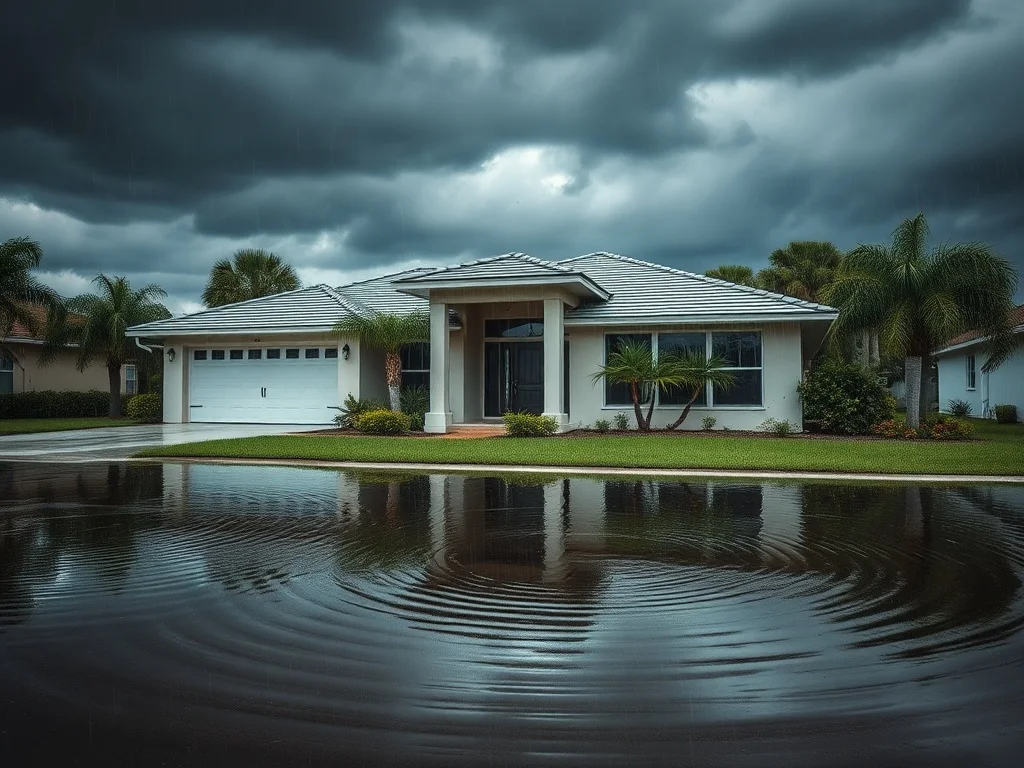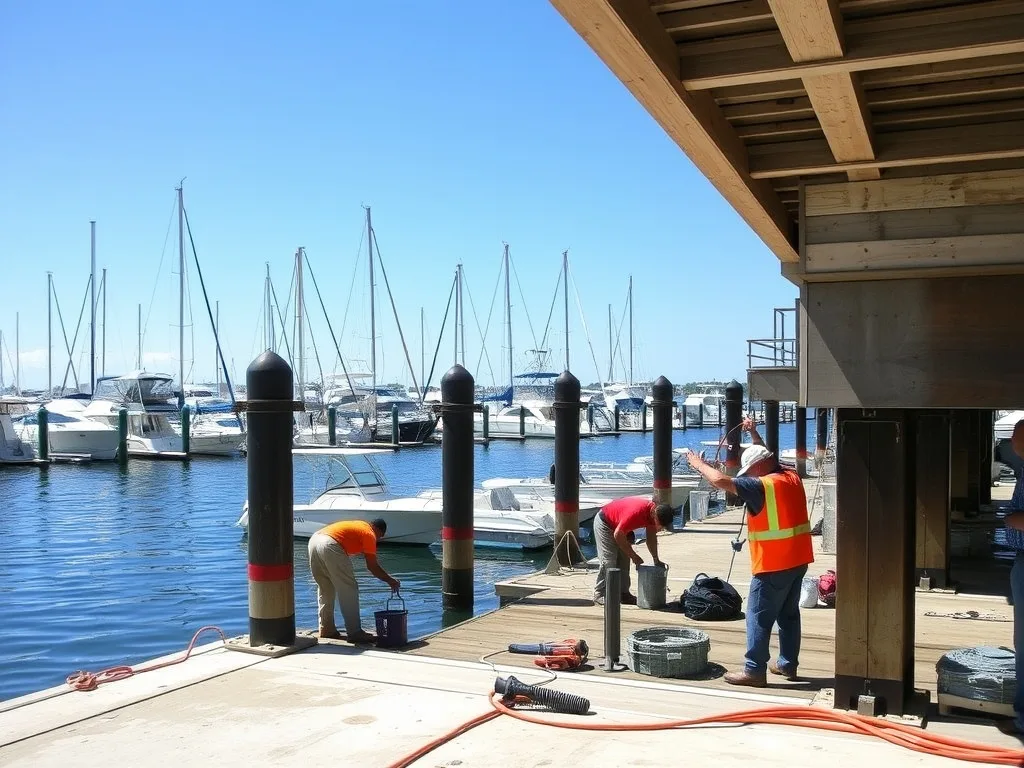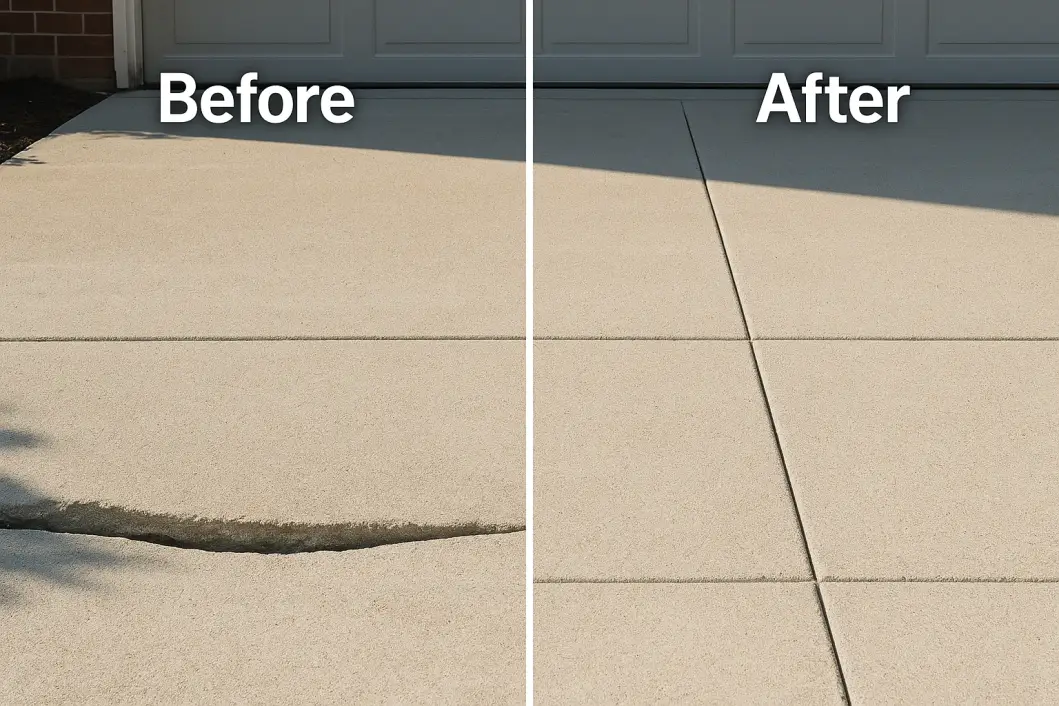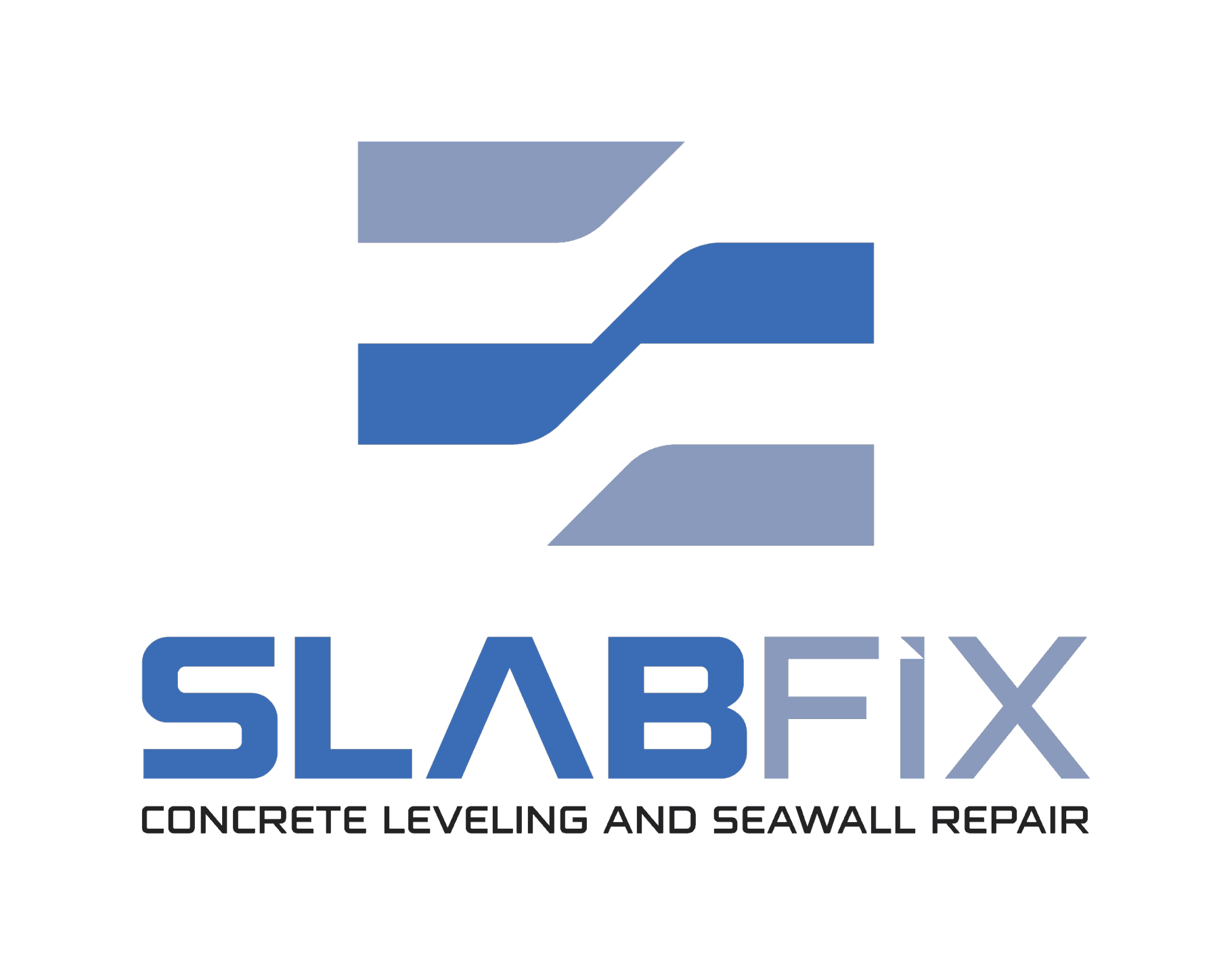Myths About Concrete Leveling Debunked by Experts
Concrete Leveling Myths: Separating Fact from Fiction
Concrete leveling is essential for maintaining the safety, functionality, and appearance of your property. Whether dealing with a sunken driveway, uneven patio, or cracked sidewalk, timely repairs can save you significant time and money. Unfortunately, many homeowners fall prey to common Concrete Leveling Myths that cause hesitation or poor decisions.
In this article, we’ll debunk these myths and provide expert insights to clarify the process. From misconceptions about cost and durability to the idea that DIY fixes are equally effective, we’ll explain why professional concrete leveling is a wise investment. Understanding the truth behind these myths helps you protect your property’s value and safety. Let’s get started and clear up the confusion!
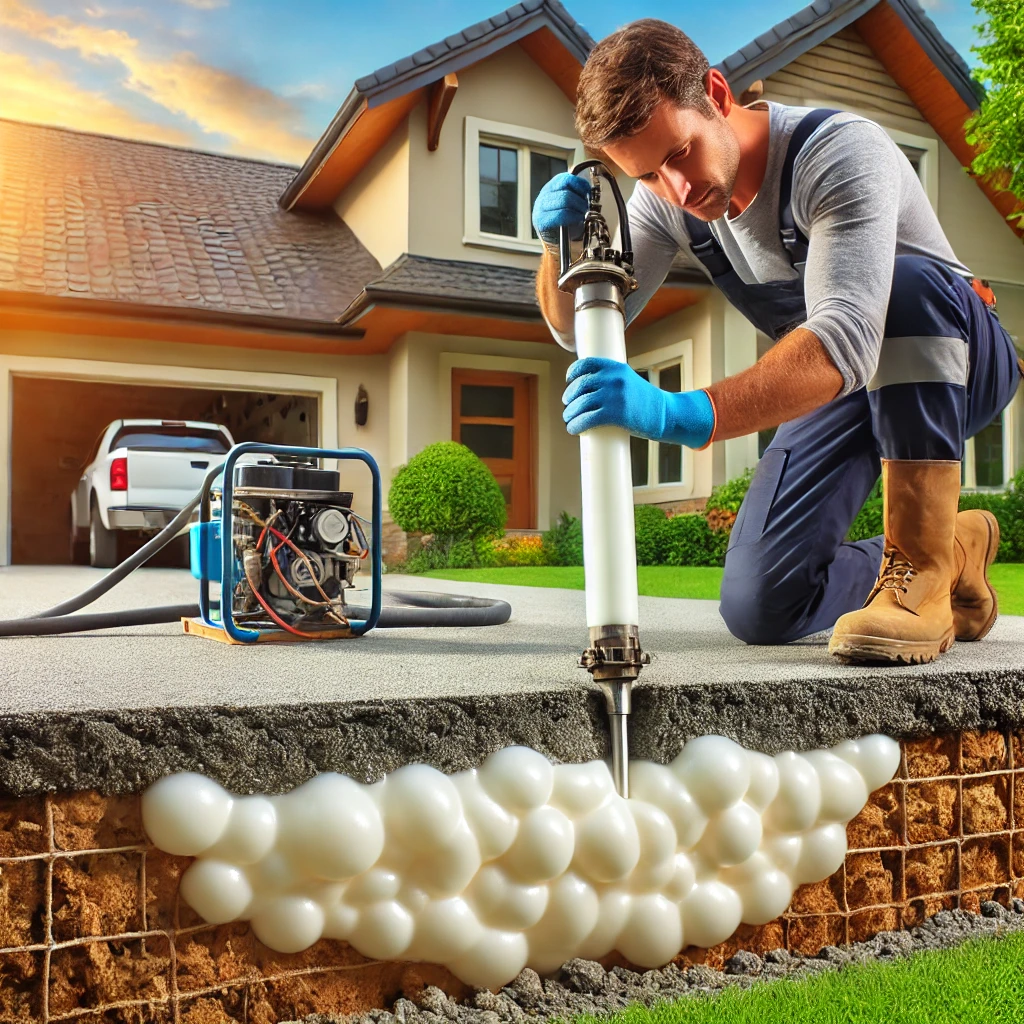
Concrete Leveling Myths: Myth 1 — It’s Too Expensive
One of the most common Concrete Leveling Myths is that the process is too costly. Many homeowners believe concrete leveling will break the bank, but the reality is quite different.
Concrete leveling is often a more affordable alternative to completely replacing a slab. Replacement involves high labor, material, and disposal costs, while leveling repairs the existing concrete efficiently.
Addressing uneven or sunken concrete early with leveling can prevent severe damage like foundation issues or water infiltration, saving you thousands in future repairs. Plus, professional contractors provide customizable solutions tailored to your budget and needs, ensuring excellent value.
Don’t fall for the myth—Concrete Leveling Myths can be debunked with the right information and trusted experts.
Concrete Leveling: Myth 2 – It’s Only a Temporary Fix
One of the common Concrete Leveling Myths is that the process offers only a temporary solution. In reality, when performed correctly, concrete leveling delivers long-lasting, durable results.
This misconception often arises from improper techniques or the use of low-quality materials. Modern methods like polyurethane foam injection provide a strong, water-resistant foundation designed to last for decades. Trusted contractors also address the root causes, such as soil erosion or poor drainage, before leveling, ensuring a permanent fix. Additionally, routine maintenance like sealing cracks and managing drainage helps prolong the life of your leveled concrete.
Understanding these facts will help you see beyond the common Concrete Leveling Myths and choose solutions that truly protect your property.
Concrete Leveling: Why DIY Isn’t the Best Choice
One of the biggest Concrete Leveling Myths is that DIY methods are just as effective as professional repairs. While countless online tutorials make it tempting to handle concrete leveling yourself, this approach often leads to poor results and can even cause more damage.
Without the expertise of trained contractors, it’s easy to miss underlying problems. DIY attempts frequently use improper tools and materials, resulting in uneven or short-lived fixes. Additionally, handling heavy equipment or chemicals without proper knowledge raises serious safety risks.
To avoid costly mistakes and ensure a safe, lasting repair, it’s best to trust professionals experienced in Concrete Leveling Orlando services.
Myth 4: Concrete Leveling is Only for Cosmetic Purposes
Reality: Concrete leveling is essential for safety and structural integrity.
While leveling can certainly improve the appearance of your property, its benefits go far beyond aesthetics:
- Safety Hazards: Uneven concrete poses tripping hazards, especially for children, the elderly, and individuals with mobility issues. Leveling eliminates these risks.
- Structural Damage: Sunken or cracked slabs can compromise the structural integrity of adjacent surfaces, such as walls or foundations.
- Property Value: Addressing concrete issues enhances your property’s curb appeal and market value, making it more attractive to potential buyers.
Myth 5: Seawall and Concrete Repair Are Unrelated Processes
Reality: Seawall and concrete repair often go hand-in-hand, especially when addressing underlying issues like soil erosion or water damage.
While seawalls and concrete surfaces serve different purposes, they are often interconnected in terms of repair needs. Ignoring one can lead to problems with the other. Here’s why these repairs are more connected than you might think:
Shared Causes of Damage
- Soil Erosion: Both seawalls and concrete slabs can be affected by soil erosion. When soil shifts or washes away, it can cause seawalls to lean or concrete surfaces to sink and crack.
- Water Infiltration: Poor drainage or water pressure can damage seawalls and seep beneath concrete, leading to uneven surfaces or structural instability.
- Weather Conditions: Exposure to harsh weather, such as heavy rain or freeze-thaw cycles, can deteriorate both seawalls and concrete over time.
Overlapping Repair Solutions
- Polyurethane Foam Injection: A versatile solution that can lift and level concrete slabs while also filling voids behind seawalls to reinforce their stability.
Why a Comprehensive Approach Matters
- Prevents Future Damage: Repairing both seawalls and concrete surfaces ensures that underlying issues are fully resolved, reducing the risk of recurring problems.
- Cost-Effective: Tackling interconnected issues in one go can save you money compared to addressing them separately over time.
- Enhanced Property Value: A well-maintained seawall and level, crack-free concrete improve your property’s safety, functionality, and curb appeal.
If you’re dealing with seawall or concrete damage, it’s worth considering whether the two are related. A professional contractor can assess your property and recommend a comprehensive repair plan to address all issues effectively.
Myth 6: Concrete Leveling is a Disruptive Process
Reality: Modern concrete leveling is quick and minimally invasive.
Many homeowners worry that leveling will disrupt their daily lives or damage their property. However, advancements in technology have made the process much more efficient:
- Fast Turnaround: Most concrete leveling projects can be completed in just a few hours, allowing you to resume normal activities quickly.
- Minimal Mess: Techniques like polyurethane foam injection require only small holes to be drilled, leaving your property clean and intact.
- Noisy Equipment: While some machinery is used, the noise is minimal compared to concrete replacement or other construction projects.
Myth 7: Concrete Leveling is Only for Driveways and Sidewalks
Reality: Concrete leveling can be used for a variety of surfaces.
While driveways and sidewalks are common candidates for leveling, this versatile solution can be applied to many other areas, including:
- Patios and Pool Decks
- Garage Floors
- Warehouse and Industrial Floors
- Stairs and Steps
No matter the surface, concrete leveling can restore its functionality and appearance.
Conclusion
Concrete leveling is a cost-effective, long-lasting solution for addressing uneven or sunken slabs. By debunking these common myths, we hope to empower you with the knowledge to make informed decisions about your property. Whether you’re dealing with a cracked driveway, a sinking patio, or any other concrete issue, professional leveling can save you time, money, and stress.
Don’t let misconceptions hold you back from achieving a safe and beautiful property. Call 407-863-9616 today to schedule a consultation with our expert team at Slab Fix. We’ll assess your needs, recommend the best solution, and deliver results you can trust. Let us help you restore your concrete surfaces to their full potential!

